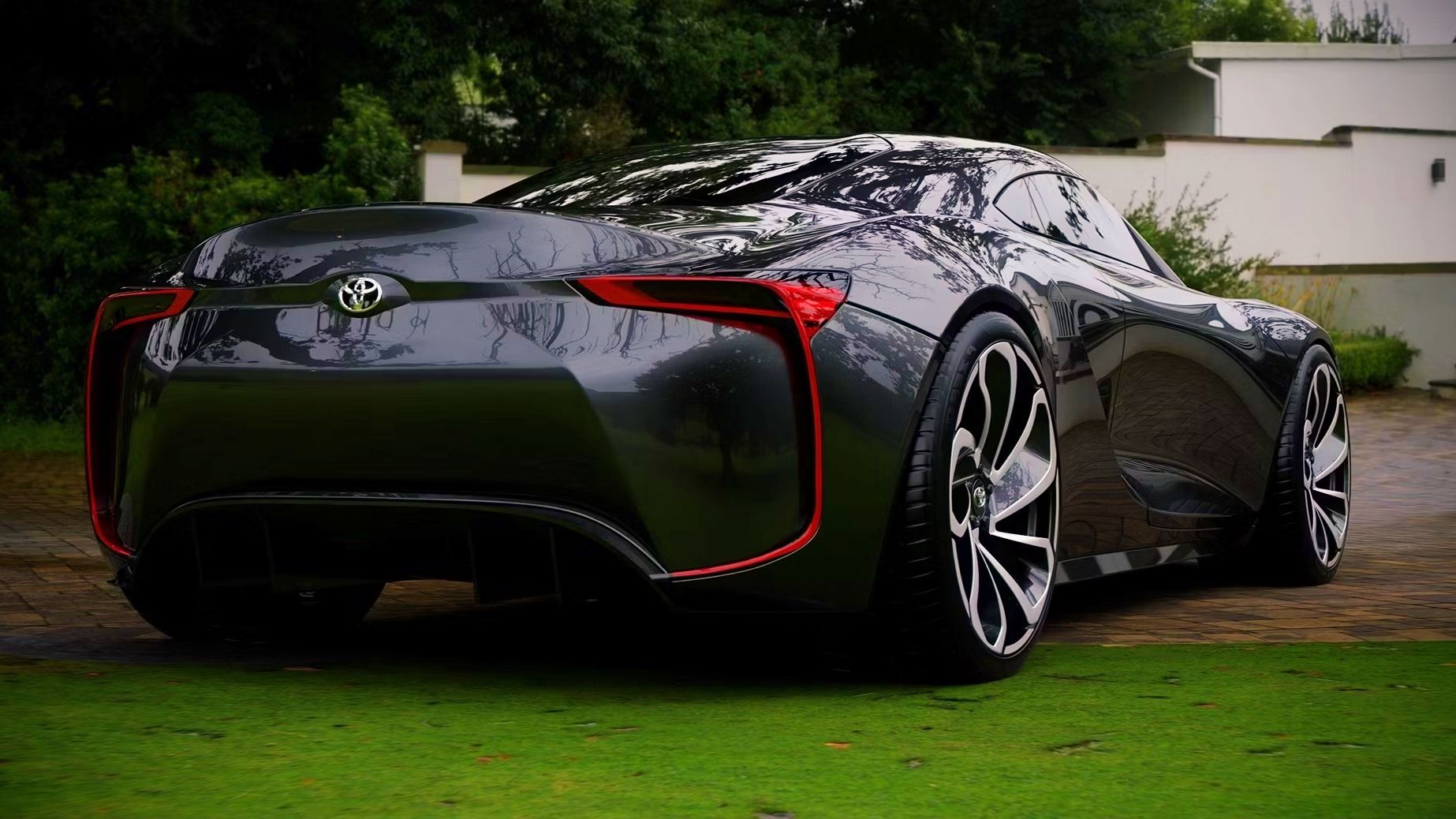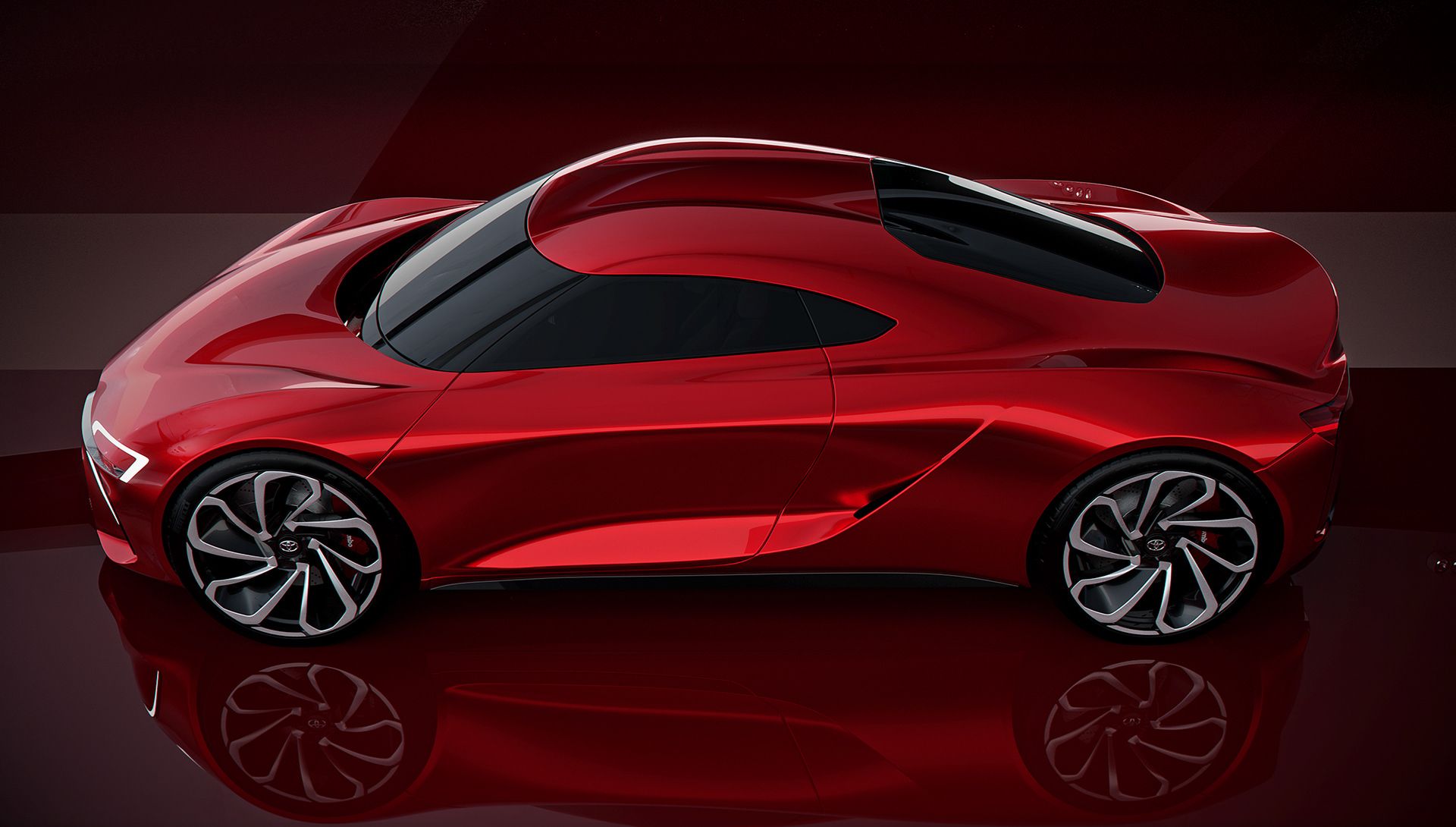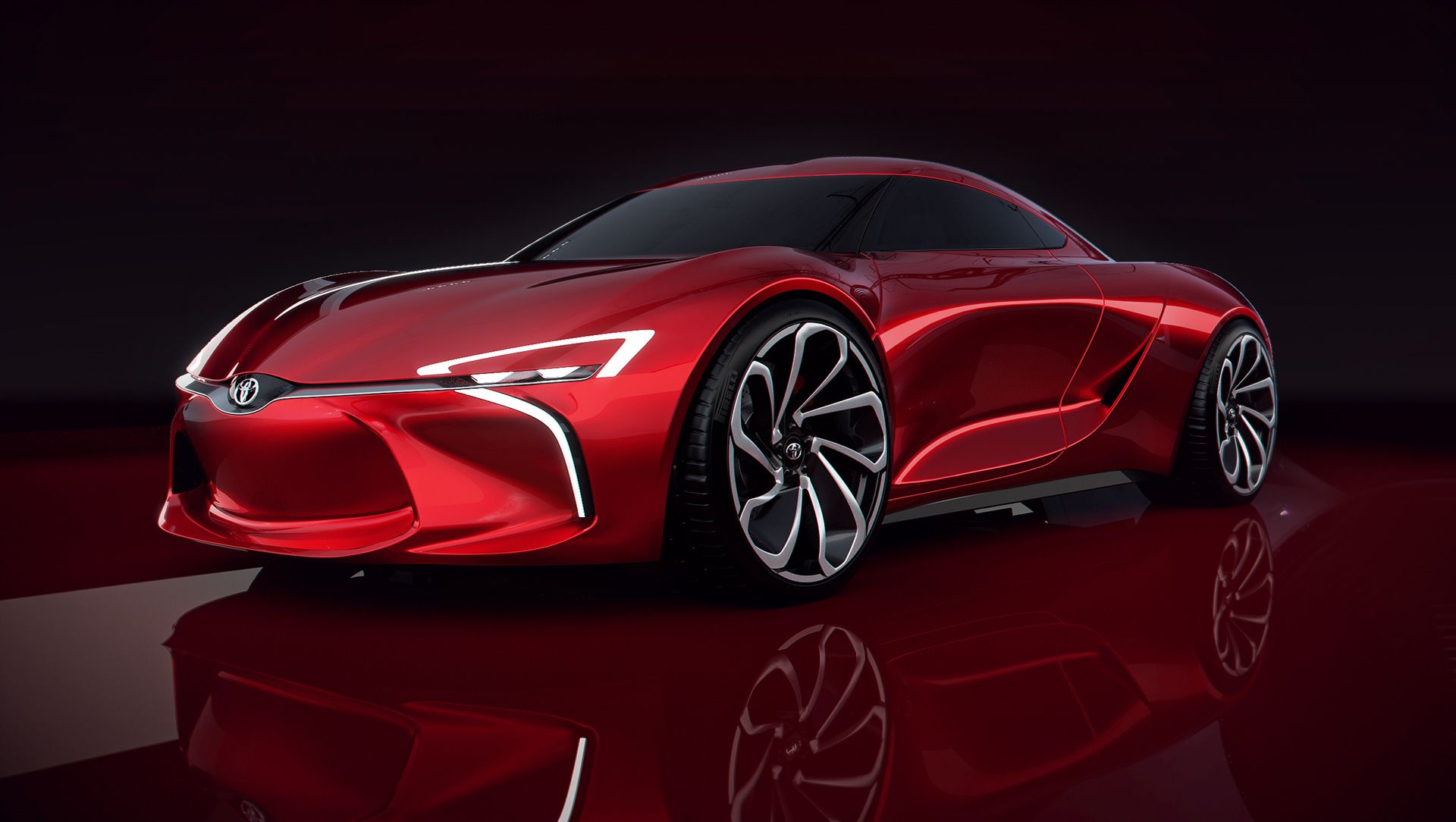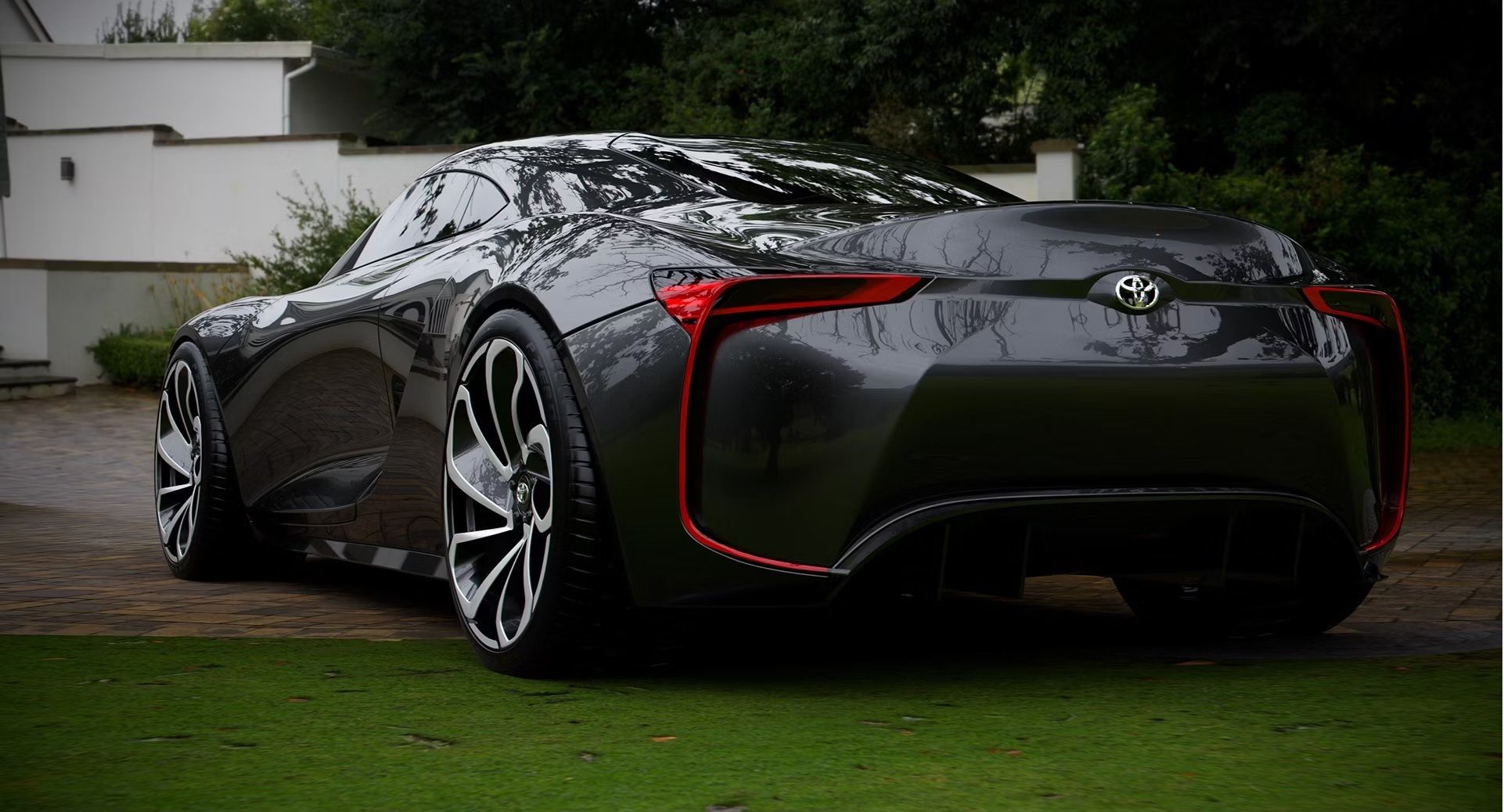Toyota has had its fair share of exciting models over the years, but by far, one of the most exciting nameplates is the MR-2. The compact, mid-engine sports car perfectly embodies the Japanese philosophy of “less is more” and in modern times, there are very few vehicles that still adhere to those principles (most of which are Japanese).
The “Mid-ship Runabout Two-seater” (MR-2) has been a staple in affordable, Japanese sports cars and while the last generation was somewhat lackluster, the new one will be relevant now more than ever. Here’s why the 2025 Toyota MR-2 is shaping up to be one of the most significant sports cars of our time.
It Will Have To Be The Most Affordable Enthusiast Car When It Arrives
Toyota says the fourth generation of the MR-2 will come out sometime in 2025. The Japanese carmaker is known for teaming up with other automakers to make sports cars from the ground up. Yamaha is responsible for most of Toyota and Lexus’ high-performance models over the years. Toyota also teamed up with BMW and Subaru in more recent times, but the MR-2 will be built with help from Suzuki and Toyota's subsidiary, Daihatsu. Neither of those two car companies are known for high-performance vehicles, which implies the MR-2 will be a very affordable model.
Sadly, some of the affordability will come from the engine choice. While it would be great to see the GR Yaris and GR Corolla’s 1.6-liter, turbo-three in a small, mid-engine sports car, Toyota goes for a 1.0-liter, turbo-three, featured in many Suzuki models. The 998cc engine normally packs 109 horsepower (81.3 kilowatts) and 125 pound-feet (170 Nm), but a 150-horsepower figure has been quoted.
Since Toyota’s goal is to make the new MR-2 affordable, hybridization is out of the question. Forbes also mentioned a six-speed, torque-converter, automatic for the upcoming MR-2, but a six-speed manual is also to be expected. In terms of chassis, the MR-2 will be based on the GA-B platform, which is what underpins the regular (non-GR) Toyota Yaris.
Developmental costs will be split between three separate car manufacturers with Suzuki providing the engine and Toyota, the basic architecture and front suspension, while Daihatsu is expected to come up with the overall styling, which will then be adapted for the different brands. Daihatsu is wholly owned by Toyota, which also owns a 4.9-percent stake in Suzuki, so really, Toyota has the main say in developing the MR-2.
This, however, does not rule out a Suzuki-badged, technological twin to the MR-2, since Suzuki is already selling rebadged Toyota models in the form of the Suzuki A Cross (Toyota RAV4) and Suzuki Swace (Toyota Corolla). Toyota’s joint-development strategies should result in the MR-2 being in the $16,500 to $25,000 price range.
A Japanese Sports Car That Is Lightweight And Simple
Since its inception, in 1984, the Toyota MR-2, or MR-S depending on where you are, has been known for being simple and lightweight. In modern times, there are plenty of aspects that contribute to a car being heavier and more complex. With Mazda’s MX-5 currently being one of the few sports cars to adhere to the old principles of lightness and simplicity, the 2025 Toyota MR-2 will, once again, be its mid-engine alternative.
The next-gen MR-2 will share a platform with the regular Yaris, which depending on the spec tips the scales at 2,072 to 2,601 pounds (940 to 1,180 kg). The compact hatchback, however, still has space for four and usable cargo space, so a low-slung, two-seater sports car, based on the same architecture, would have a curb weight of around 2,000 pounds (907 kg).
A Sports Car That Isn’t About The Numbers
Ever since car manufacturers started having testing facilities near the Nurburgring, i.e one of the most dangerous tracks in the world, cars have become more capable. That’s all well and good if you care about lap times, but in the real world, it rarely makes for a better driver’s car. With economy car underpinnings, a 998cc engine, and 150 horsepower, it’s clear the 2025 MR-2 won’t be about that.
To put things in perspective, the range-topping version of the original Toyota MR-2 came with a 1.6-liter, supercharged, inline-four engine that put out 145 horsepower (108 kilowatts) and 137 pound-feet (186 Nm). With a curb weight of 2,493 pounds (1,131 kg), this was enough for a 0 to 60 mph (97 km/h) sprint in around 6.5 seconds. The next-gen MR-2 promises a better power-to-weight ratio, so expecting a GR86-like straight-line performance (if not better) will not be asking too much.
The Toyota 86 was purely designed to be a driver’s car, and it was the right way to go. The MR-2 is going to be smaller, lighter, and with a mid-engine layout, which would give it a tremendous advantage in the bends. The GR86 is getting discontinued in 2025, so that will save you the trouble of choosing which Toyota sports car to buy. If you are looking for a compact, affordable fun machine, your options will be the new Toyota MR-2 and the Mazda MX-5, just like in the olden days.
What we really want to find out is whether the engine bay would have enough space for a bigger engine since that nimble, mid-engine platform will, no doubt, beg for a more powerful engine to be put in it. The MR-2 was always a tuner car, which means this new model will be too, and on that front, the Japanese carmaker has always delivered.




